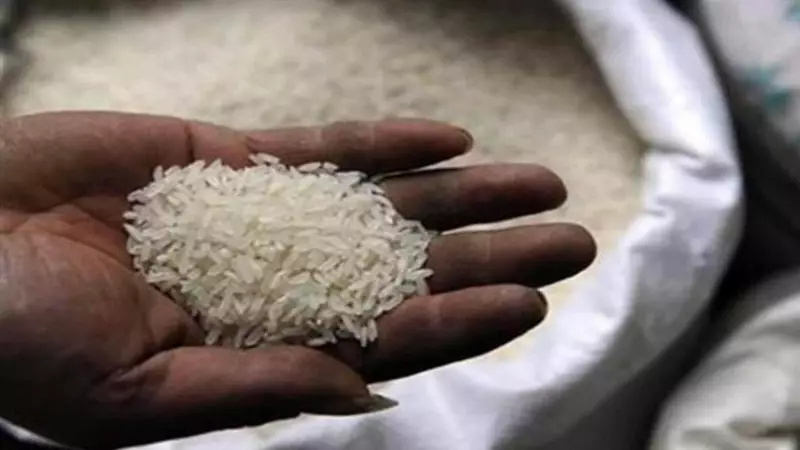
In a landmark achievement for Indian agriculture, Manipur's distinctive white rice variety, Chak-hao Poireiton, is set to make its international debut in the sophisticated Japanese market. This breakthrough represents not just an export milestone but a significant recognition of India's diverse agricultural heritage on the global stage.
A Royal Rice Makes International Waves
The Chak-hao Poireiton rice, known for its unique aroma and nutritional properties, has been cultivated for generations in Manipur's fertile lands. What makes this export particularly noteworthy is Japan's reputation for having some of the world's most stringent food quality standards. The successful negotiation of this trade deal demonstrates the exceptional quality and appeal of this indigenous variety.
Strategic Partnership Forged
The export initiative materialized through a strategic collaboration between Manipur's state government and Japanese importers who recognized the rice's unique qualities. This partnership goes beyond mere commerce—it represents cultural exchange and agricultural diplomacy between two nations with rich culinary traditions.
Why This Export Matters
- Economic Boost for Local Farmers: This international recognition promises better price realization and sustainable livelihoods for Manipur's farming community
- Global Recognition: Breaking into the Japanese market, known for its premium food products, validates the quality of Indian agricultural produce
- Preservation of Heritage: International demand will help preserve and promote indigenous rice varieties that might otherwise face extinction
- Export Diversification: Opens new avenues for other specialty Indian agricultural products in international markets
The Road Ahead
This pioneering export initiative sets the stage for more such international partnerships. The success of Chak-hao Poireiton in Japan could pave the way for other indigenous Indian rice varieties to find global markets. State agricultural authorities are already exploring ways to scale production while maintaining the traditional cultivation methods that give this rice its unique characteristics.
The journey from Manipur's paddy fields to Japanese dining tables marks more than just a commercial transaction—it's a testament to India's rich agricultural diversity and its growing appeal in the world's most discerning markets.





